|
Yesterday I was writing one of the chapters of the third Across Horizons book, and I decided the scene needed a really strange creature. I dug around for ideas and decided on a velvet worm. I then read a few articles on velvet worms, and I was blown away by these creatures. Who knew they were so awesome? I decided velvet worms deserved to be featured in this post, and here they are. What the heck is a velvet worm? This question is not so easy to answer. In spite of the name, they aren't really worms. They look a little like a caterpillar, but caterpillars are insects. They look a little like a slug, but slugs are mollusks. They actually belong in their own phylum, Onychophora. We know of about 200 species, mostly living in the tropics. However, they are extremely secretive, living in dark places in leaf litter on the ground and are only active at night. It is almost certain that many more species exist that we have not yet discovered. Velvet worms are predators, feeding on almost any creatures their own size or smaller. They average about three inches (7.6 cm) long, but some are less than an inch, and some get as long as eight inches (20.3 cm). One of the most amazing things about velvet worms is the way they catch and eat their prey! Let's get into the details. Amazing Facts about Velvet Worms First let's look at why these critters make such interesting predators. They may be called velvet worms, but I think a better name might be spider-man worms. Why? Because they trap their prey by spraying out two jets of sticky goo from their slime cannons. A two-inch velvet worm can shoot this slime out as far as two feet (61 cm). The slime hits the prey animals and immediately begins to harden like sticky glue. With the prey creature now immobilized, the velvet worm can take its time and safely approach its meal. It has a specialized knife-like tooth hidden in its mouth, which it slides out and uses to cut through the prey animal's skin or exoskeleton. Once a hole is made, the velvet worm injects saliva, which is deadly to the prey animal. Not only does the saliva kill the animal, it also starts to digest the animal's insides. The velvet worm waits patiently as the saliva does its job, keeping itself busy by re-ingesting and thus recycling the goo it had already squirted. Finally, it goes back to the opening it made in the prey animal and starts slurping up the creature's digested insides. Yum! Check out this video about the velvet worm's slime cannons. Notice the jets of goo squirting from this velvet worm: Let's break this amazing predation process down into steps. First, velvet worms have very poor eyesight, so how do they even locate their prey? Those short, squishy-looking legs allow them to move around on the forest floor without being heard. Also, because their legs do not vibrate the surfaces much, their prey cannot feel them approaching. The velvet worms themselves are extremely sensitive to vibrations and changes in air pressure from movement, so they can detect other creatures moving around nearby. They sneak up on their prey very stealthily, and they get so close that they can touch the prey with their finger-like antennae. Their antennae are highly sensitive, and velvet worms very lightly touch the prey animal to determine if it would be suitable as a meal. Often they spend a full ten seconds touching the animal without scaring it off! Check out the antennae on the blue velvet worm below: Once the velvet worm decides the prey is suitable and worth using up some of its precious slime, it squirts the slime through its two slime nozzles. But where does the slime come from, and what is it? The velvet worm has two huge slime glands inside its body that run most of its entire length, allowing it to produce an impressive amount of the goo. The slime itself is amazing stuff. Its main ingredient is a special type of protein that, when the protein molecules join together, they quickly form a solid structure. But inside the velvet worm's body, and while the slime is being squirted, the proteins are coated with water molecules that keep the proteins separate. In fact, 90% of the slime is water that is there to keep the proteins from interacting with each other. But... when the slime hits the prey animal, it spreads out, covering the animal, and the water quickly evaporates. Guess what happens when the water is gone. That's right, the proteins join together and form a biological glue. The cool thing is, no other animals in the world use biological glue that works like this. As I stated above, once the prey is immobilized, the velvet worm casually approaches and cuts a hole in the prey's body to inject saliva that digests the animal from the inside. The saliva contains hydrolytic enzymes, which use water molecules to break the chemical bonds of the prey animals' internal organs. Once that's done, all the velvet worm has to do is suck up all that digested stuff. It's like sucking the water out of a coconut through a straw. I know... kind of gross, but you have to admit it's also awesome! Here's an animated GIF of the velvet worm's specialized mouth. I like to think of it as the SSSIPSO (Shell Slicing, Saliva Injecting, Prey Slurping Orifice). Okay, one more fascinating thing about velvet worms. Most of the velvet worm species live and hunt alone, but at least a few species live in groups with complex social structures, and they even hunt cooperatively. Velvet worms in the genus Euperipatoides live together in groups of up to fifteen. Each group will make a home together, usually somewhere like inside a rotting log, and the members of the group are really aggressive to velvet worms from other logs. Each group has one dominant member, usually a female. The group leaves the log at night to hunt as a pack, making it easier to capture prey (15 velvet worms... that's a lot of slime). When they make a kill, the dominant female always feeds first. Next, the other females feed, then the males. Finally, the young feed last (assuming there is anything left to eat!). The social hierarchy is determined by aggression and submission. The biggest, meanest individuals are more dominant. Interestingly, to avoid getting into a fight with a larger individual, velvet worms carefully measure each other by feeling with their antennae from one end of the body to the other. If the opponent is too big, it's safer to simply become submissive. So, Velvet Worms deserve a place in the F.L.A.H.O.F. (Front-Line Animal Hall of Fame). FUN FACT: The phrase frontline originated in 1842 as a military term to refer to the location of the most advanced combat units. In about 1910, the hyphenated form (front-line) originated as an adjective, meaning "highly experienced or proficient in the performance of one's duties." In other words, "first-rate," as in She is a front-line performer. So, front-line is another way to say awesome! Photo Credits:
Velvet worm #1 - Geoff Gallice, Wikimedia Commons Blue velvet worm - Pinterest Velvet worm colony - AbraxasComplex on Arachnoboards
0 Comments
Leave a Reply. |
Stan's Cogitations
Everyone needs a creative outlet. That's why I write. Archives
July 2024
|

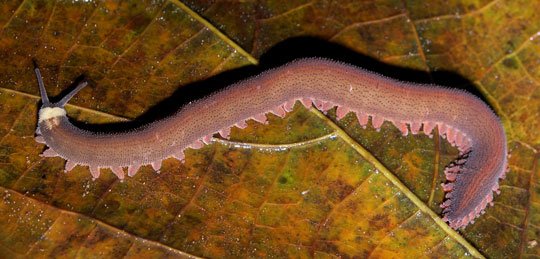
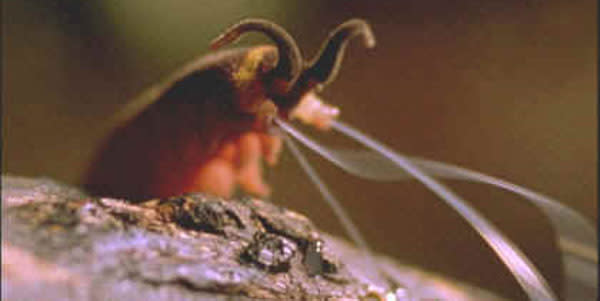
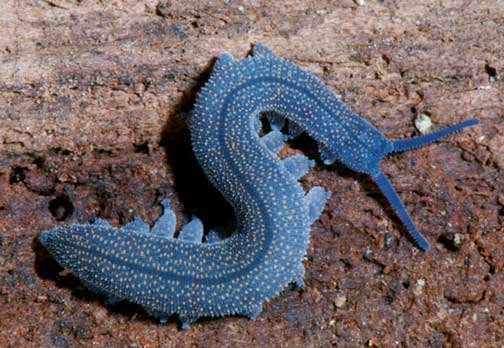
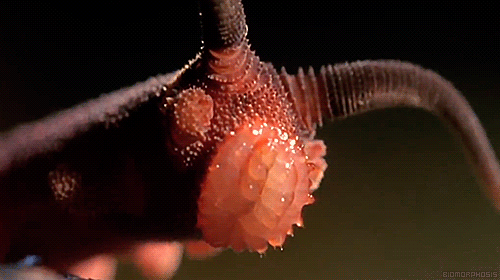
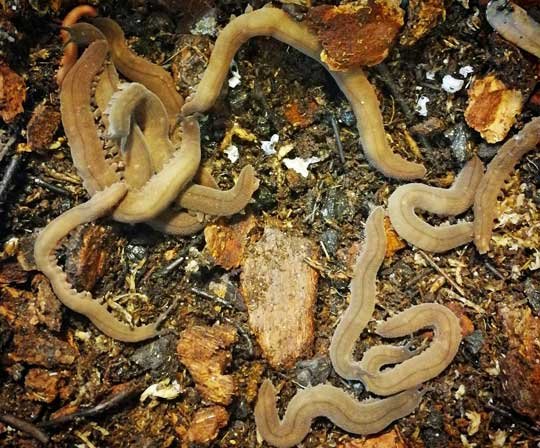
 RSS Feed
RSS Feed